Echoes of Ancient Lands
Badami Fort Karnataka India
Mother Masala Tours
Where History Meets Dramatic Terrain
Badami Fort Karnataka India. Amidst the striking red sandstone cliffs that have become the hallmark of the historic town of Badami, the fort stands as a formidable testament to the region's rich history and the enduring resilience of its people. With its origins tracing back to the 6th century CE, this impressive fortification embodies the strategic capabilities of the Chalukya Dynasty, marking it as an essential stronghold during their reign. The construction of the fort began under the rule of Pulakeshin I, a key figure in the establishment of the empire. His era saw Badami rise in power, becoming a crucial center for administration and culture.
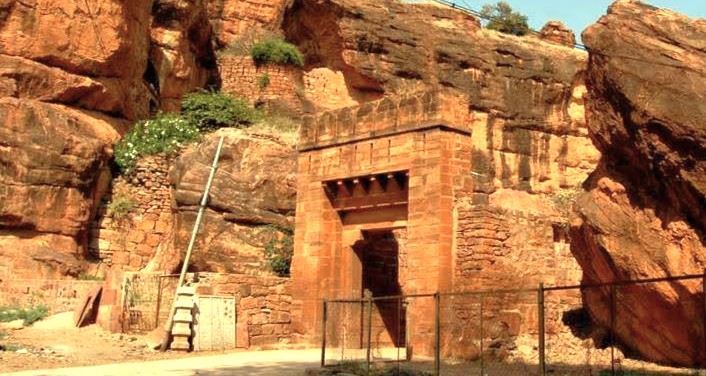
Badami Fort Karnataka India: Timeless Artifacts
The fort houses an extensive collection of timeless artifacts that bear witness to its storied past. Among the key elements are inscriptions in the Kannada language that highlight the administrative prowess of the Chalukyan Dynasty. These inscriptions, carved into stone, convey messages about land grants, royal decrees, and important events, serving as historical documents that allow us to connect with the past. Additionally, within the fort are several temples, including those dedicated to Shiva and Vishnu. These sacred spaces invoke a sense of spirituality, attracting both locals and those interested in understanding the religious practices of past civilizations.
Ancient Mosaics: Impeccable Craftsmanship
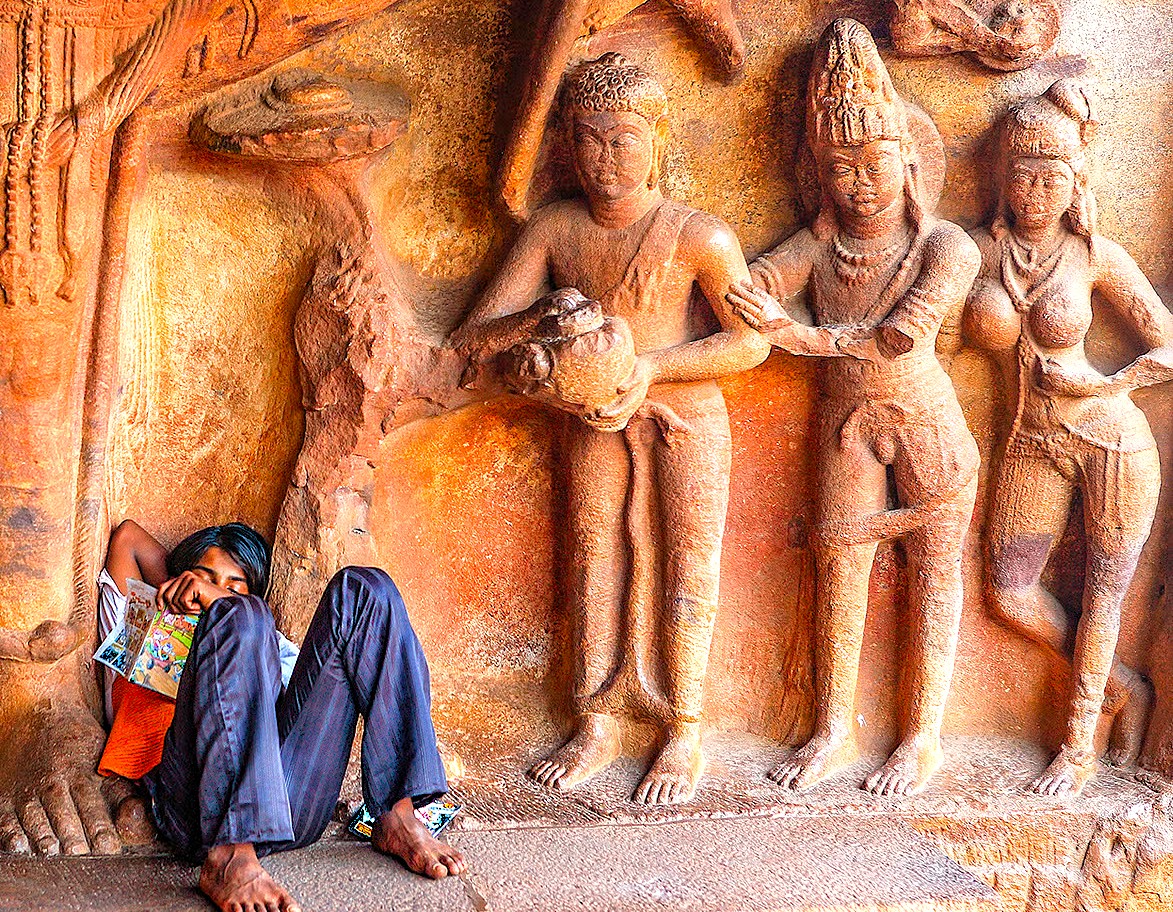
The ancient mosaics at Bhuthanatha Temple present a remarkable study in technique and composition. Intricate geometric patterns, arranged with extraordinary precision, stretch across sections of the floor and portions of the walls. Each piece is shaped from locally sourced stone, offering natural shades that form both abstract and narrative scenes. The mosaics incorporate traditional motifs from the Chalukyan period, including stylized flora, fauna, and occasional mythological references. Fine joints between the tesserae indicate careful planning and advanced craftsmanship. Subtle shifts in color and pattern reveal an artistic sensibility attentive to both symmetry and variety.
The Pulse of the Local Community
The local community surrounding the Badami Fort Karnataka, is characterized by a strong sense of pride in their heritage. This area has maintained a close-knit atmosphere, where communal celebrations foster connections among its members. The cultivation of crops and crafts ensures that the local economy thrives, fostering a spirit of engagement and cooperation among residents. As we spend time in the community, we become aware of their collective commitment to preserving the traditions that have shaped their identity, creating a dynamic and enriching experience for all who engage with them.
Capturing the Magic: A Photographic Haven
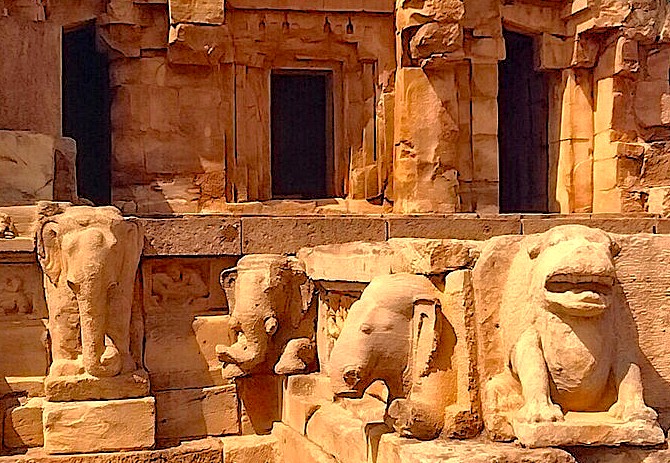
Ancient mosaics line the floors and some walls at Temple, arranged in patterns made with small pieces of local stone. We notice bands of color and shapes, forming a mix of geometric arrangements and figures set carefully in place. The designs are simple in some areas and more detailed in others, showing floral and abstract elements side by side. Some mosaics include faded symbols from local tradition, with outlines that still remain clear. As sunlight moves through the space, the colors shift, adding depth and variation. We spend time taking photos, walking slowly so we can see more detail.
Festivals of Devotion: Honouring the Sacred and the Divine
Badami Fort Karnataka India. One of the most celebrated events in this area is Mahashivaratri, which occurs annually in February or March. This festival honors Shiva, bringing together not only locals but also devotees from neighboring regions. The celebrations include night-long vigils and elaborate rituals performed in various temples around the fort. A notable figure in the celebrations is Nandi, the sacred bull of Shiva, traditionally represented in the festivals as a symbol of loyalty and strength.
Serendipitous Meetings: Beyond the Main Path
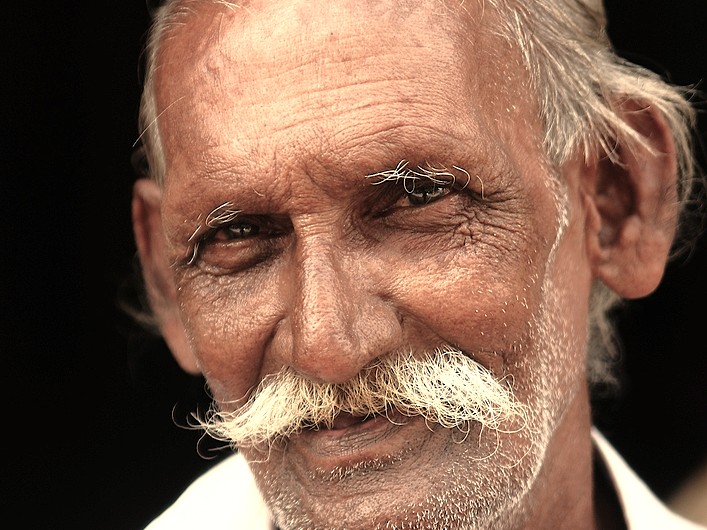
We spend a wonderful day in Badami, exploring the fort paths and nearby lanes at ease. We take photos of cliffs, lake reflections, and the temple outlines from simple viewpoints along walkways. Street stalls serve snacks, and we try light dishes, sharing plates. Markets show textiles, small crafts, and everyday tools, and we browse slowly without any rush today. Steps lead toward the lake, where benches provide quick breaks and simple views across the water. We follow signs to nearby viewpoints, then circle back through courtyards and shaded edges carefully. The day stays easy, with photos, snacks, short walks.
Ancient Technologies: Sacred Sound, Geometry & Astrological Influences
The fort and its surrounding structures reflect the knowledge of ancient Vastu Shastra technologies, particularly in the application of sacred geometry. The design of temples often incorporates principles that reflect cosmic patterns, aiming to create harmonious energy within sacred spaces. Materials such as granite and red sandstone were specifically chosen for their durability and energy properties. It is noted that these materials can produce resonant qualities, leading to spiritual experiences for those who enter the temples. Sound frequencies also play a vital role, particularly those associated with the Solfeggio scale, such as 528 Hz, which is believed to promote healing and transformation.
The Connection with the Gods

Central to local practices here is Shiva, present across daily customs and seasonal gatherings in nearby towns. We hear stories describing his strength and protective role across the land and nearby local farms. One tale describes Shiva calling rain, turning dry fields into green crops and filling village tanks. Farmers respond with music and simple rituals, while families light lamps and gather near courtyards and steps. Another tale features Parvati, emphasizing care in households and dedication during shared community festivals.
Resilience and Renewal: Overcoming Adversity’s Challenges
Badami Fort Karnataka India. The history of this region is marked by resilience in the face of adversity. One notable event occurred during the Battle of Talikota in 1565, when the Vijayanagara Empire faced defeat. Following the battle, the local population rallied together to rebuild their community, reflecting a spirit of unity and determination. Additionally, various floods throughout history, notably in 1935, posed challenges to the local residents, damaging homes and infrastructure. These experiences prompted collective efforts to restore and revitalize the community, strengthening bonds among residents and reinforcing their cultural heritage.
Urban Legends: Strange Sightings, Myths and Mysteries

The town is intertwined with local legends that add an air of mystery to its history. One of the well-known stories involves the ghost of a Chalukyan warrior, said to roam the fort at night, guarding it from intruders. Locals claim that on certain nights, the echoes of ancient battles can still be heard, resonating through the stones of the fort. Another tale speaks of a hidden treasure buried deep within the fort's walls, believed to belong to an ancient king. Many have attempted to uncover it, while others speak of the protective spirits that guard against unworthy seekers.
Time for a Change: Pack Your Curiosity and Come With Us
We invite you to join us on this truly captivating journey through the rich history and vibrant culture surrounding the ancient fort. This is an immersive experience into India's deep past. As we explore the intricate carvings depicting gods and epic tales in stone, we'll gain profound insights into the beliefs of past dynasties. We will learn about living local traditions and savor the authentic, aromatic flavors of the region. Together, we will uncover the complex layers of stories, hidden legends, and royal sagas that truly define this remarkable area.
Symphony of Generosity: Offerings from Wanderers to Residents
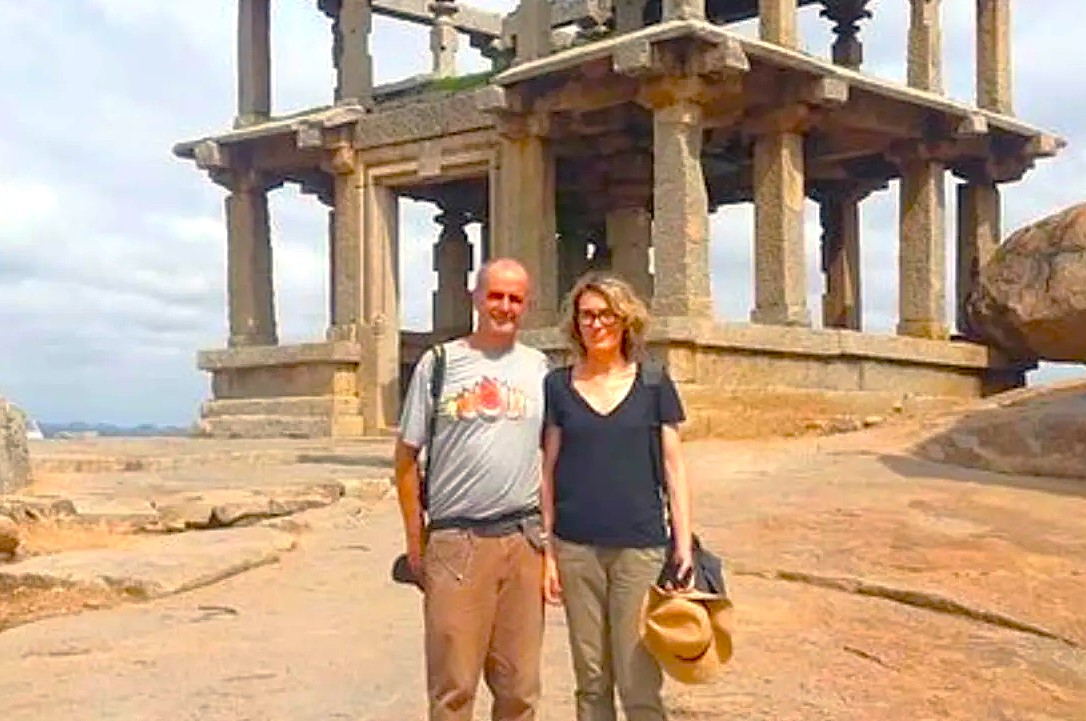
Badami Fort Karnataka India. The interaction between locals and those who come to explore this area fosters a spirit of generosity. This exchange ensures that artisans and craftspeople support their families and community, while also sharing their rich heritage with us. As we engage with the culture, we not only gain insights into the traditions but also contribute to the sustainability of these practices. This relationship strengthens the community, allowing it to flourish while fostering lasting memories for us as we immerse ourselves in the history and everyday life of this unique place.